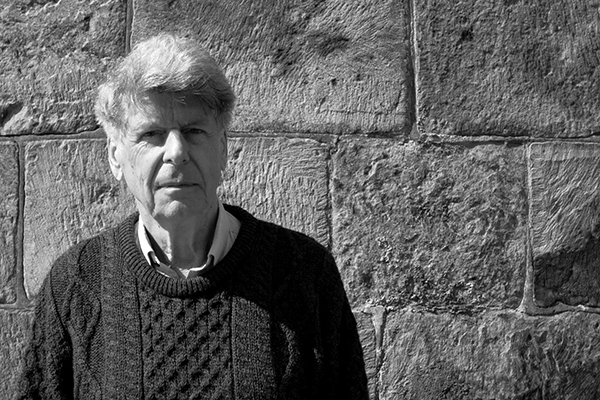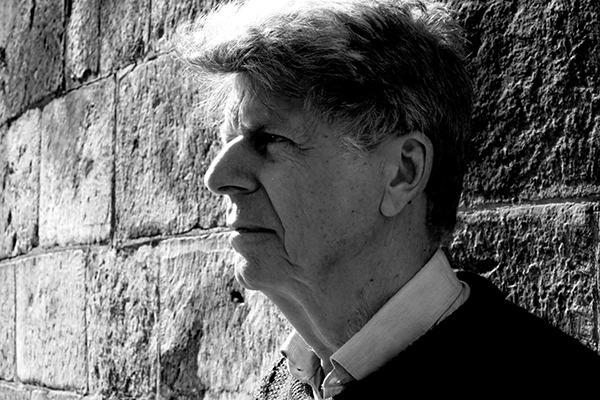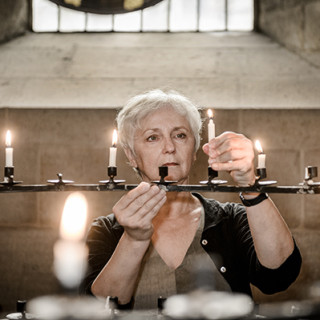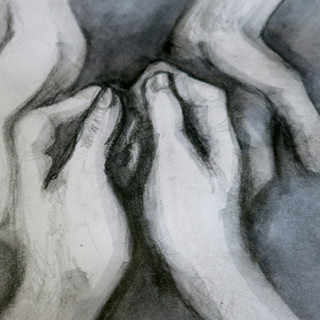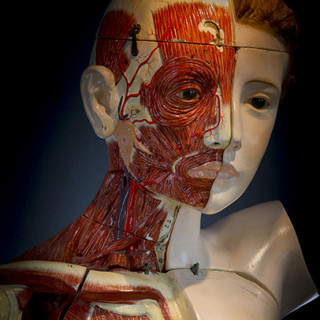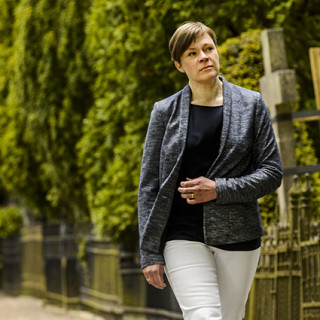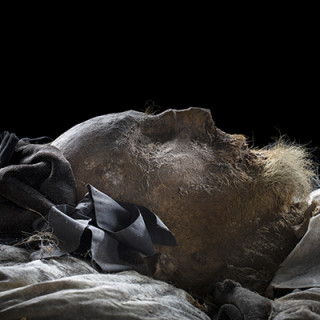The right to my own death
Opinion: Göran Hermerén, Professor emeritus in Medical ethics, Lund university
The heading “The right to my own death” immediately raises three questions: is there such a right? What is it based on? Could it come into conflict with other people’s interests or rights? The central ethical research questions in this context concern the critical review of arguments and conditions, not least the implications, basis and relationship to one another of their underlying values.
A natural starting point for the discussion is end-of-life care: how does it work? Are patients satisfied with end-of-life care? If not everyone is satisfied, is there a need for help in ensuring a dignified, peaceful and painless death? Is there a way to fulfil this need? Is it adequately met here and now? If not, what can and should be done? An international discussion is ongoing.
Some of these alternatives are well-known and well-established, such as terminating ongoing treatment or refraining from beginning treatment, investing in hospice and palliative care, others are controversial and disputed to varying degrees, such as terminal sedation (the patient is anaesthetised until death occurs), physician-assisted suicide (the physician makes the means available to the patient, who uses them) and voluntary euthanasia (the physician helps the patient to die at the patient’s request). All these possibilities come with a price tag and conditions: on condition that…., as long as ….., only if ….
Does my potential right to my own death mean an obligation for someone else to help me over the boundary? Does it mean that the person who helps me should not be blamed or punished? It does not follow from the fact that a physician can do something that he or she should do it. Can the physician prevent the patient from committing suicide or refusing to drink and eat? Not always, nor should the physician always try to do so.
What are the most important arguments in favour of the patient’s right to his or her death? I consider these to be about self-determination, compassion, human dignity and the potentially negative consequences if we get power over our own deaths. Let us look in a little more depth at these arguments.
When it comes to self-determination, patients have obtained increasing influence over their own care. Patient power is being reinforced in one area after another, most recently through the patient power inquiry. Why not here as well?
That the patient’s wishes should be respected presumes that the patient has expressed any such wishes; that he or she was of sound mind at the time; and that the patient can change his or her mind and has the right to do so. The argument can thus not be applied to newborns and children.
One problem is the previously expressed decision of a person of sound mind at the time may not be identical to what he or she would want now, or what healthcare staff believe the patient would want, if he or she were able to make a decision now. There is, however, no secure alternative; so what do you do?
Then we have compassion. One of the classic aims of healthcare is to relieve suffering and pain. If relief can only come by shortening life, this should be done, even though it is not the primary intent of the intervention.
Of course there are restrictions: suffering in one person is not to be relieved at the cost of increased suffering in others. In addition, this argument has to be balanced against other values and interests.
Human dignity is a double-edged argument used by both proponents and opponents who both claim that human dignity is at stake. Proponents maintain that human dignity can be threatened if the patient is denied the right to his or her own death. The opponents claim that every attempt to shorten human life is an offence against human dignity. This proves that both the status of knowledge and the argument are unclear.
Interpreted in one way, the reference to human dignity can be used as an argument for preventing an undignified end to life. It is not dignified to die lying in your own excrement, tormented by wild pain, unable to understand, communicate with or recognise your next of kin.
Interpreted in another way, the reference to human dignity becomes an argument against the right to your own death. In this case it means that we have a duty to preserve and extend human life. It forbids medical intervention which entail shortening life, regardless of whether this is done deliberately or whether this is one expected consequence of the intervention.
Do we really have a duty to preserve and prolong life? At any price?
If the argument is interpreted as an absolute principle, it leads to the idea that a treatment that keeps a patient alive could not be terminated, even if it is extremely painful or if all patients of sound mind would protest against it.
A more reasonable interpretation – in my view – is to use the argument about human dignity as a rule of thumb. In that case, as a rule it is wrong not to preserve and save life, but other interests might outweigh this principle in particular situations. This opens up possibilities for both physician-assisted suicide and euthanasia in particular cases.
What are the arguments against euthanasia, physician-assisted suicide, terminal sedation? The most important arguments against the patient’s right to his or her own death are all variants of the previous argument, about negative consequences: giving patients this right leads to unintended and undesirable consequences.
This concerns the risk of abuse and criteria being changed without anyone noticing, the undermining of the trust between physician and patient, staff becoming callous, or – as mentioned above – the risk of undermining respect for human dignity.
These arguments must also be critically reviewed with regard to relevance, sustainability and completeness: What do they prove? Are they correct? Is any argument missing?
In these areas there is unfortunately a lot of belief, wishful thinking and little knowledge. Euthanasia, physician-assisted suicide and terminal and palliative sedation are permitted and practised in various parts of the world. Evaluations are continuously conducted, so there is knowledge about the risks of these negative consequences – for those who want to find out. For example, in L. W. Sumner’s recently translated book on assisted death, there is an informed discussion on the state of knowledge with regard to these and similar arguments.
Is there effective pain relief for everyone in hospitals and old people’s homes, where people die? Can existential end-of-life needs be effectively met for everyone through palliative care, for example? In that case, some common and important reasons for palliative sedation, physician- assisted suicide and euthanasia are undermined. But if not …
Is there a risk of abuse and negative consequences, for example because criteria can be changed, because healthcare staff become callous, because investments to develop and improve palliative care cease, or the trust between physician and patient is undermined? In that case some common and important reasons against palliative sedation, physician-assisted suicide and euthanasia are supported. But if not ….
We are all going to die. That is the only thing which applies with complete certainty to all people. It is therefore not unimportant to find out the views of others apart from physicians and healthcare staff on these matters.
What do the public and patients want? Several studies show that they mostly want a dignified, peaceful and pain-free death, surrounded by their loved ones. We want to have influence over what happens. We want to know the truth if we have a life-threatening disease.
What can public healthcare do? Can it bring about pain relief, a peaceful and dignified death? In most cases, yes. But not in all. This is naturally one of the many challenges of palliative care. The question is what happens to the other patients. In an international perspective, it is obvious that there are major differences with regard to access to opiates and the will/preparedness to use them for pain relief.
What is required to enable us to die in the best possible way? We need a broader debate in society on the demand for a dignified and peaceful death, a review of the legislation, including certain sections in the penal code, further professional development of healthcare staff, greater investment in palliative care, and an ongoing dialogue with both the healthy and the sick about how they want the final phases of their lives to be.


